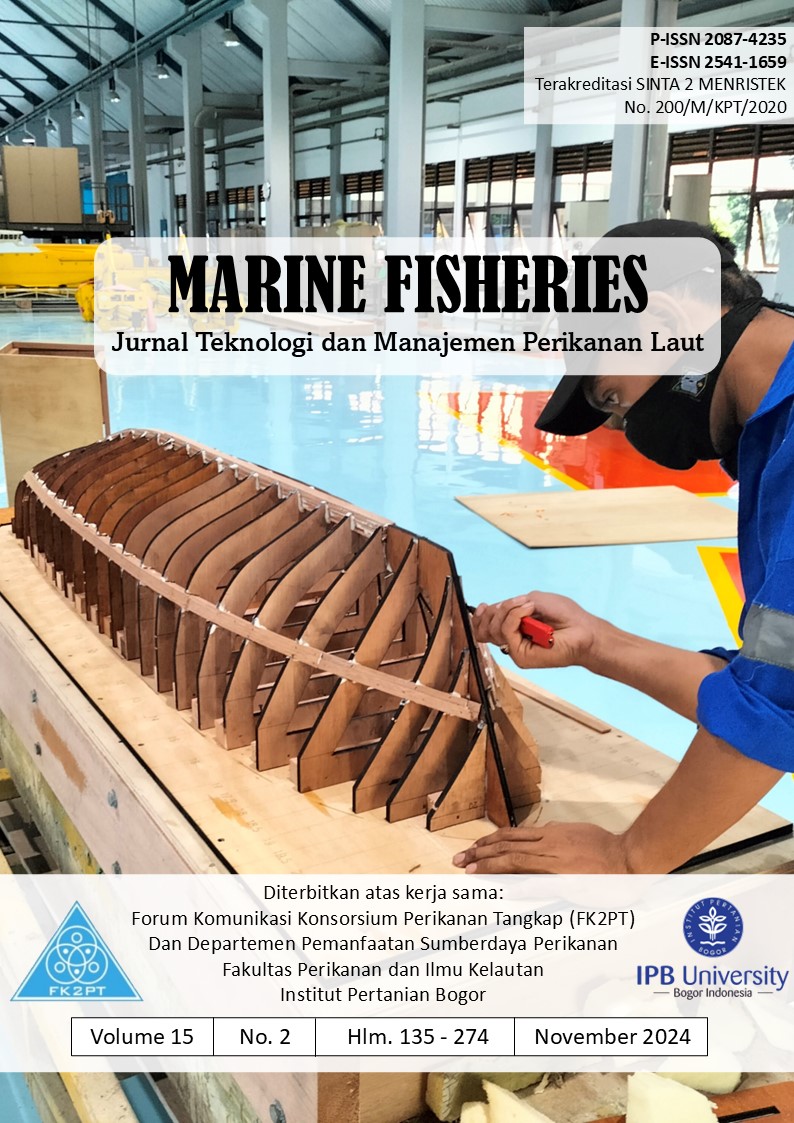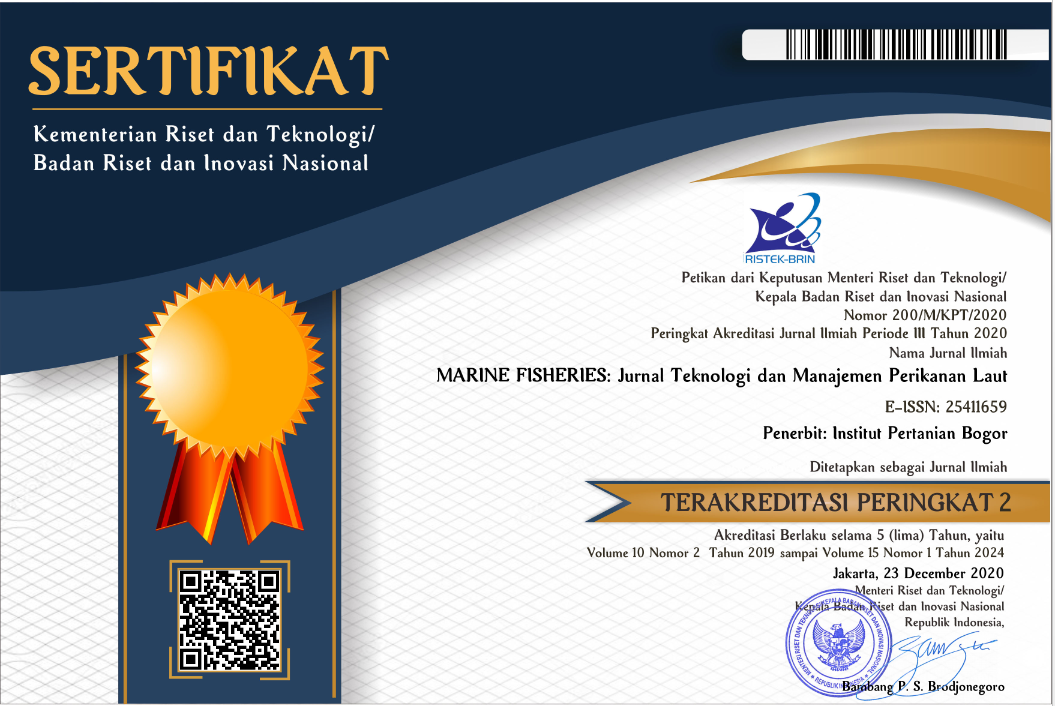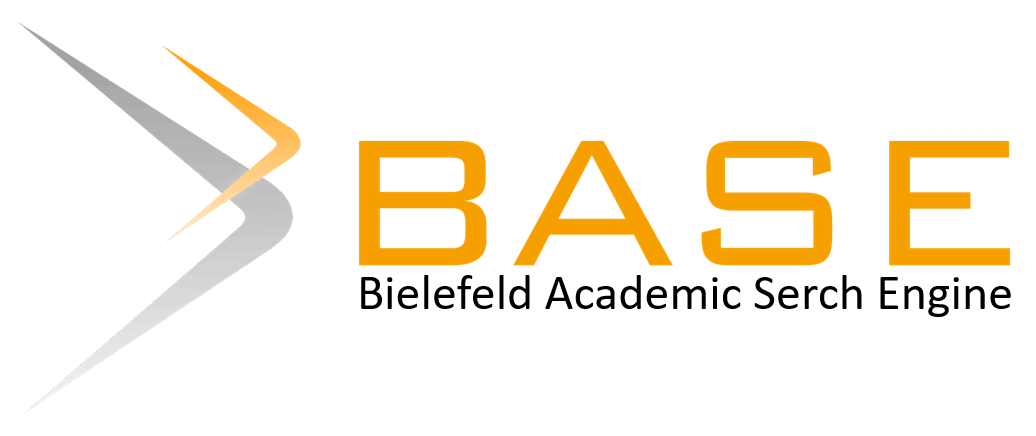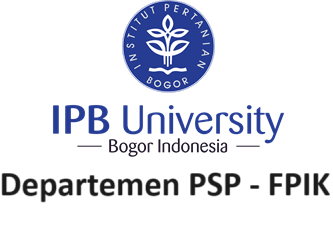SUITABILITY OF SPATIAL-TEMPORAL HABITAT OF YELLOWFIN TUNA (Thunnus albacares) USING MAXIMUM ENTROPY MODEL IN WEST SUMATRA
Abstract
Yellowfin tuna is one of the main catches in West Sumatera waters and has a high economic value. Fishing optimization can be improved through spatial and temporal predictions of fishing areas for effective fisheries management. This research aims to predict fishing areas using an oceanographic data approach through maximum entropy (MaxEnt) modelling. Data collection incorporating sea surface temperature and chlorophyll-a were obtained from the Aqua-Modis satellite in 2022 as well as fishing point data from Ocean Fishing Port (OFP) Bungus. The MaxEnt model shows a good level of accuracy in the West season (AUC 0,860), 1st Transitional season (AUC 0,918), East season (AUC 0,918), and 2nd Transitional season (0,920) The contribution of chlorophyll for one year is more significant, accounted for 75,3%, compared to sea surface temperature, constituted 24,7%. The Sea Surface Temperature (SST) values in West Sumatera waters vary on each season, ranging from 26,4 to 34.5 ℃ and the chlorophyll-a fluctuate between 0,03 and 5,45 mg/m3. The distribution of yellowfin tuna habitat on the map shows that most fishing vessel coordinates are in the Habitat Suitability Index (HSI) HSI value of 0,6 – 0,9. Potential areas for catching yellowfin tuna are around the Mentawai Islands.
Keywords: Chlorophyll-a, HSI, Maximum Entropy Model, Sea Surface Temperature, Yellowfin Tuna
Downloads
Copyright (c) 2024 Septy Heltria, Noferdiman, Ester Restiana Endang G, Farhan Ramdhani, Amir Yarkhasy Yuliardi

This work is licensed under a Creative Commons Attribution-NonCommercial 4.0 International License.
Author(s) who published in this journal agree to following terms:
- Author(s) must understand and agree that the copyright script in published owned by the Marine Fisheries Journal. The copyright includes reproducing and selling the manuscript to all parties.
- Everyone can cite every manuscript published in Marine Fisheries for educational purposes, with the author's name and the Marine Fisheries Journal on reference.










